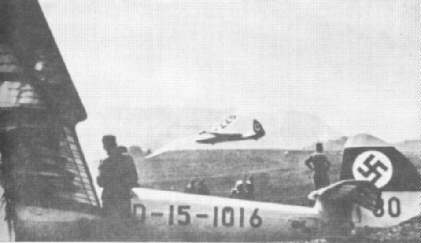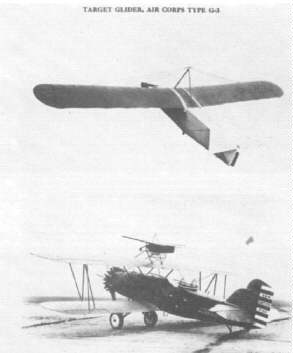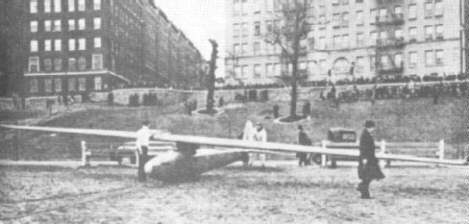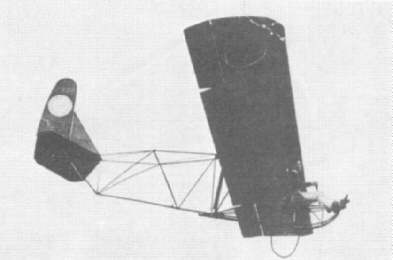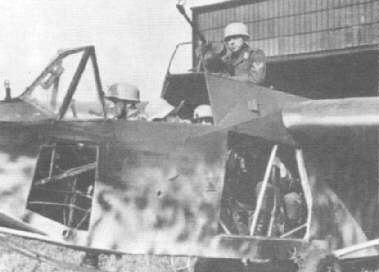
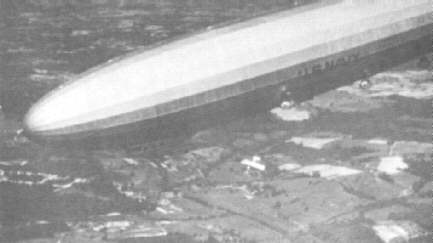 |
| Lakehurst Naval Air Station, New Jersey. Jannuary 31, 1930.This rare photograph was taken only seconds after the successful test drop of a glider from the belly of the airship, U-S.S. Los Angels. The glider (visible in centre of photo) is being piloted by Lieutenant Commander Ralph S. Barnaby. Ralph S. Barnaby |
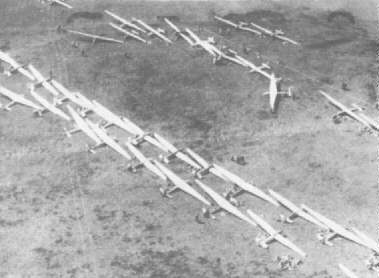 |
|
Germany, 1935. A large group of civilian soaring
enthusiasts gather at the Wasserkuppe for the annual competitions.
The Smithsonian Institution
|
